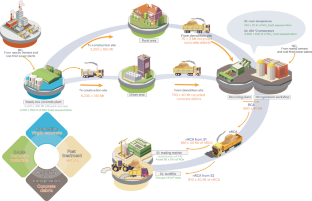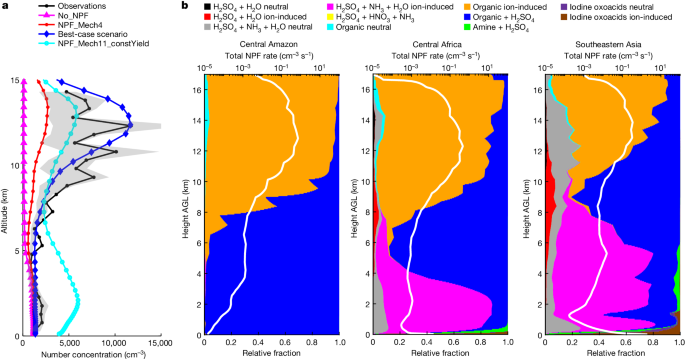2024-06-14 オークリッジ国立研究所(ORNL)
<関連情報>
- https://www.ornl.gov/news/decoding-reactive-species-molten-salts
- https://pubs.rsc.org/en/content/articlelanding/2024/sc/d3sc06587a
反応性溶融塩の平衡に向かう機構論的経路と反応速度を追跡する Tracing mechanistic pathways and reaction kinetics toward equilibrium in reactive molten salts
Luke D. Gibson, Santanu Roy, Rabi Khanal, Rajni Chahal, Ada Sedova and Vyacheslav S. Bryantsev
Chemical Science Published:22 Jan 2024
DOI:https://doi.org/10.1039/D3SC06587A
Abstract
In the dynamic environment of multi-component reactive molten salts, speciation unfolds as a complex process, involving multiple competing reaction pathways that are likely to face free energy barriers before reaching the reaction equilibria. Herein, we unravel intricate speciation in the AlCl3–KCl melt compositions with rate theory and ab initio molecular dynamics simulations. We find that the compositions with 100 and 50 mol% AlCl3 exclusively comprise neutral Al2Cl6 dimers and charged AlCl4− monomers, respectively. In intermediate AlCl3–KCl compositions, the chemical speciation proves to be a very complex process, requiring over 0.5 nanosecond to reach an equilibrium distribution of multiple species. It is a consequence of the competitive formation and dissociation of additional species, including charged Al dimers, trimers, and tetramers. Here, the species formation occurs through ion exchange events, which we explain by computing free energy landscapes and employing a Marcus-like rate theory. We show that both interspecies and intraspecies ion exchanges are probable and are dictated by the local structural reorganization reflected in the change of local coulombic fields. The species distributions are validated by comparing computed Raman spectra and neutron structure factors with the available experimental data. We find an excellent simulation-experiment agreement in both cases. Nevertheless, Raman spectroscopy turns out to be particularly advantageous for distinguishing between unique species distributions because of the distinct vibrational signatures of different species. The mechanistic insight into reaction dynamics gained in this study will be essential for the advancement of molten salts as reactive media in high-temperature energy applications.




